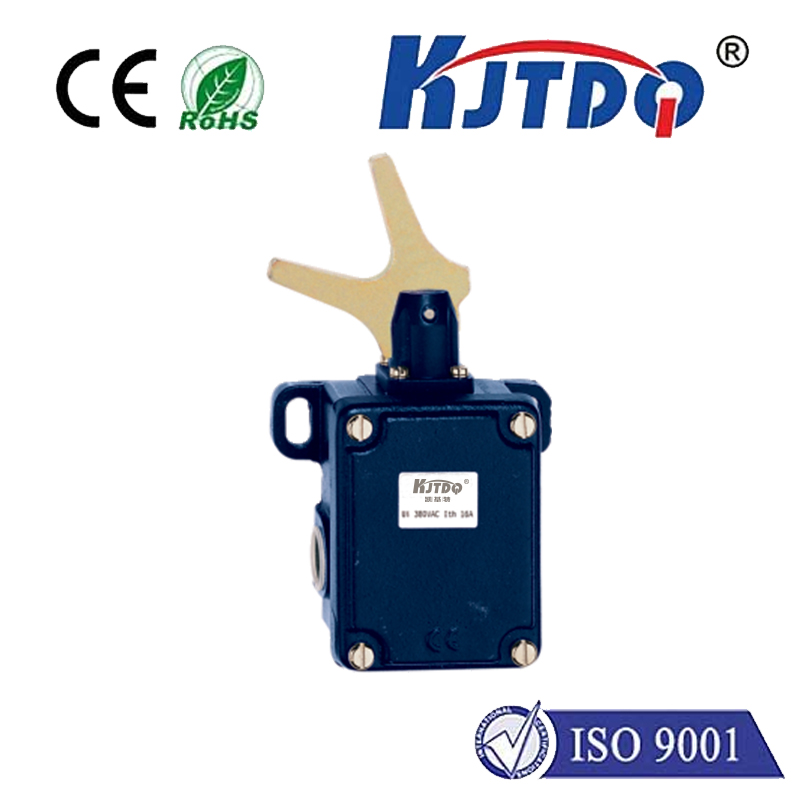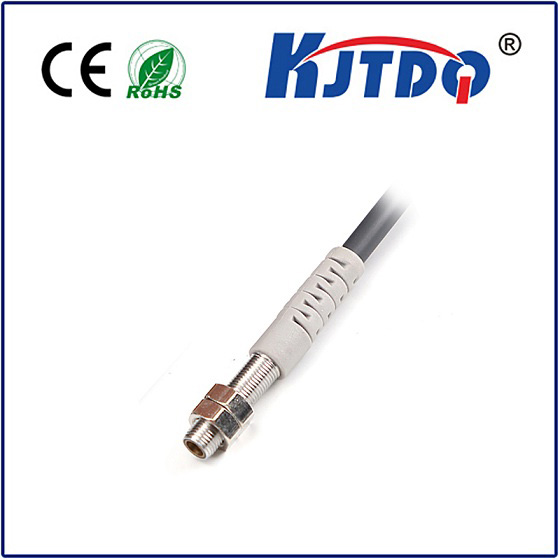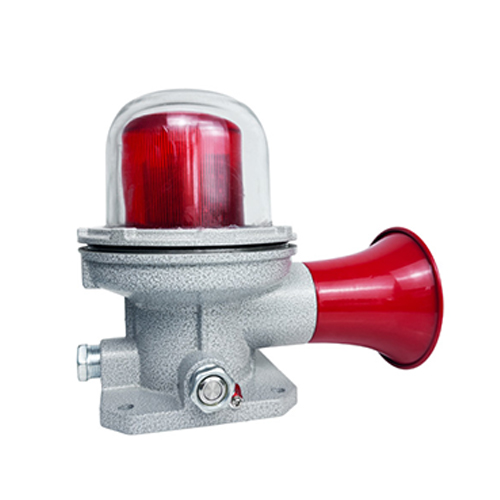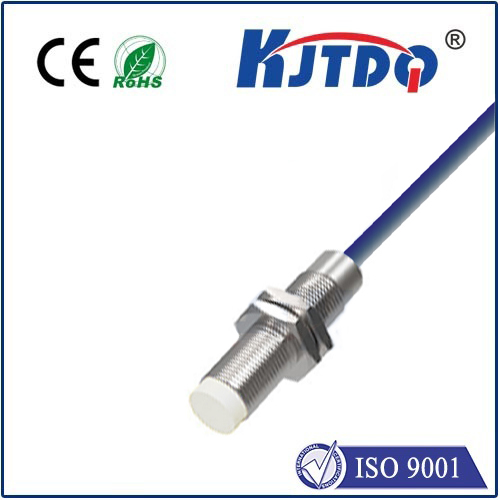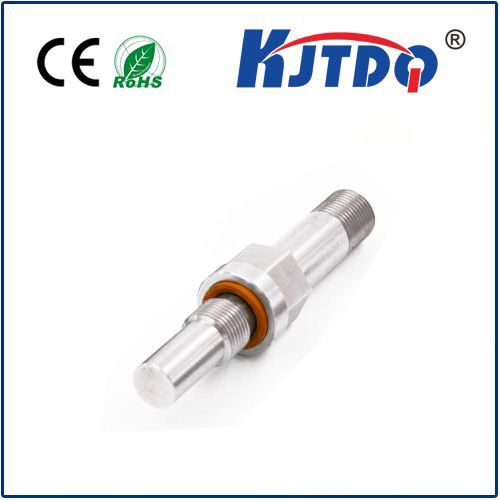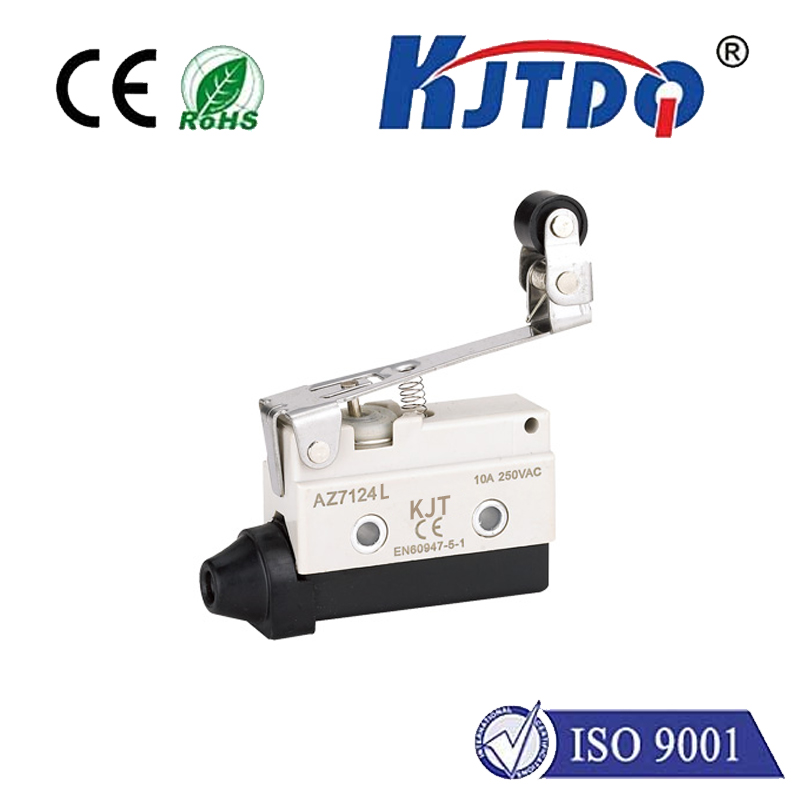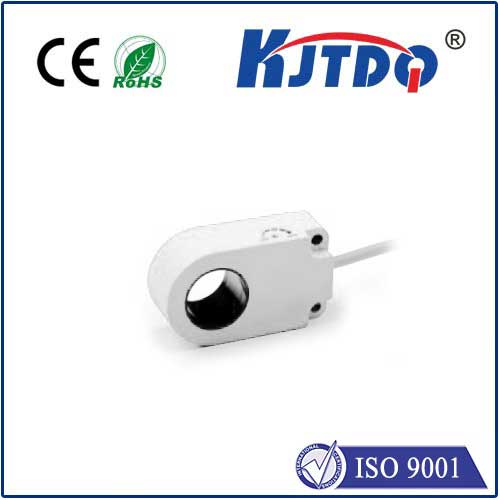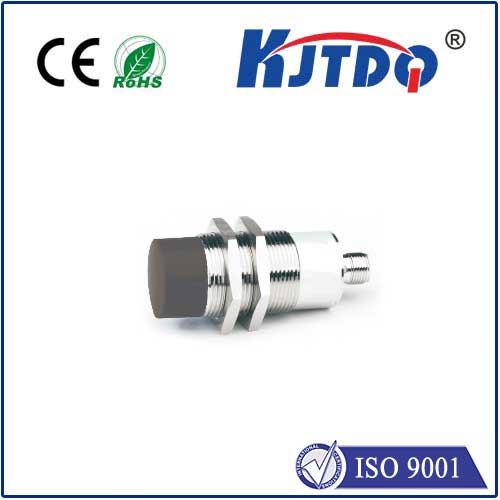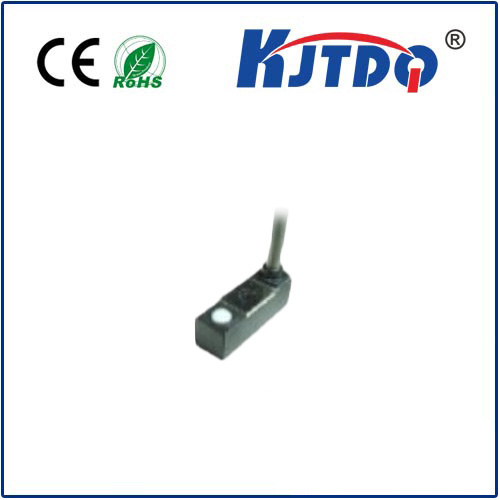thermal sensor
- time:2025-08-22 04:58:26
- Click:0
Seeing the Unseen: How Thermal Sensors Revolutionize Temperature Measurement
Heat is everywhere, yet invisible to the human eye. Unlocking its secrets – from diagnosing equipment faults to saving lives in rescue missions – requires a unique kind of vision. This superpower belongs to the thermal sensor, a pivotal technology transforming how we perceive and interact with the thermal world around us.
Understanding Thermal Sensing: Beyond the Obvious
At its core, a thermal sensor is a device designed to detect and measure infrared (IR) radiation emitted by all objects above absolute zero temperature. Unlike visible light cameras, thermal sensors visualize heat signatures, translating the intensity of IR radiation into electronic signals that can be displayed as temperature values or vivid thermal images (thermograms). This fundamental principle allows them to see in complete darkness, through smoke, fog, and even certain materials, making them invaluable where traditional optics fail.
How Does it Work? The Science Simplified

The magic lies in detecting infrared radiation, which occupies a specific portion of the electromagnetic spectrum just beyond visible red light. All objects emit this radiation based on their temperature (a principle known as black body radiation). Key components include:
- The Lens: Typically made of specialized materials like germanium that transmit IR radiation efficiently.
- The Detector: The heart of the system. Common types include:
- Microbolometers: Tiny resistors that change electrical resistance when heated by IR radiation. Uncooled (no need for cryogenic cooling), making them popular for most commercial applications like FLIR cameras.
- Thermopiles: Generate a small voltage proportional to the temperature difference between junctions exposed to IR radiation and a reference point.
- Pyroelectric Sensors: Respond to changes in IR radiation, ideal for motion detection (e.g., occupancy sensors).
- Signal Processing: Converts the detector’s tiny electrical output into usable data – temperature readings or thermal images.
- Display/Output: Presents the processed information via screens, data loggers, or integrated control systems.
Key Advantages of Thermal Sensor Technology
Why choose a thermal sensor? Several compelling benefits drive their adoption:
- (Clearly mark as core benefit) Non-Contact Measurement: Measure temperature without touching the object, crucial for moving parts, hazardous materials, or delicate components like electronics. Eliminates contamination risk and sensor wear.
- (Clearly mark as core benefit) Visualization of Temperature Differences: Provide a picture of temperature distribution, revealing hot spots, cold spots, leaks, and thermal patterns invisible to the naked eye. This is crucial for diagnostics.
- All-Weather, All-Light Operation: Function effectively in total darkness, smoke, fog, dust, and harsh environments where visible light is obscured. Enables 24⁄7 surveillance and inspection.
- Quantitative and Qualitative Data: Offer precise temperature measurements (quantitative) alongside the visual map (qualitative) for comprehensive analysis.
- Safety Enhancement: Allow inspection of potentially dangerous electrical systems, overheated machinery, or search operations in hazardous conditions from a safe distance.
Diverse Applications: Where Thermal Sensors Shine
The versatility of the thermal sensor fuels innovation across countless fields:
- Predictive Maintenance & Industrial Inspection: Identifying overheating bearings, motors, electrical connections, and steam/refrigeration leaks in factories, power plants, and refineries before catastrophic failure occurs. Reduces downtime and improves safety. Monitoring furnace linings or circuit board thermal profiles.
- Building Diagnostics & Energy Auditing: Pinpointing heat loss through poor insulation, air leaks around windows/doors, moisture intrusion within walls, and HVAC system inefficiencies. Significantly improves building energy efficiency.
- Firefighting & Search & Rescue (SAR): Seeing through smoke to locate victims and find the seat of a fire. Detecting hotspots within structures to prevent flare-ups. Finding lost individuals in darkness or dense foliage.
- Medical & Veterinary Screening: Elevated body temperature detection (e.g., fever screening, though not a diagnostic tool alone). Identifying inflammation or circulatory issues (thermography) in humans and animals.
- Security & Surveillance: Intruder detection in darkness, perimeter monitoring, observing suspicious activity hidden by foliage or darkness. Vehicle-mounted units for navigation in low visibility.
- Automotive: Driver awareness systems (night vision), lane departure warning (detecting warm tire tracks), cabin climate control, EV battery temperature monitoring.
- Consumer Electronics: Smart home thermostats, smartphones (for certain models with ambient temperature sensing), motion-activated lighting and appliances, cooking appliances.
- Scientific Research & Environmental Monitoring: Volcano studies, wildlife tracking (detecting warm animals), agricultural monitoring (crop water stress), climate research.
The Future of Thermal Sensing: Trends and Innovations
Thermal imaging technology is constantly evolving, driven by miniaturization, cost reduction, and enhanced capabilities:
- Miniaturization & Integration: Shrinking sensor sizes enable integration into smartphones, wearables, drones, and IoT devices, dramatically expanding accessibility and application possibilities.
- Enhanced Resolution & Sensitivity: Higher pixel counts and better thermal sensitivity provide sharper images and detect smaller temperature differences, improving diagnostic accuracy.
- AI-Powered Analytics: Artificial Intelligence is being integrated to automatically analyze thermal images, identify anomalies, predict failures, and derive deeper insights without constant human oversight.
- Cost Reduction: Manufacturing improvements are making thermal sensors more affordable, opening doors to broader consumer and commercial adoption.
- Multi-Sensor Fusion: Combining thermal data with visible light, LiDAR, or other sensors provides richer contextual information and more robust solutions.
From revealing hidden faults in complex machinery to guiding rescuers through impenetrable smoke, the thermal sensor has fundamentally altered our ability to understand and manage the thermal dimension of our world. As these devices become smaller, smarter, and more accessible, their silent gaze into the infrared spectrum will continue to unlock new possibilities, enhance safety, drive efficiency, and provide insights where our natural senses reach their limit. The ability to see heat is no longer science fiction; it’s a powerful reality shaping the present and future of diverse industries.












